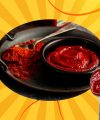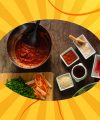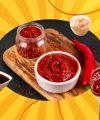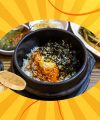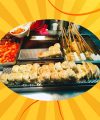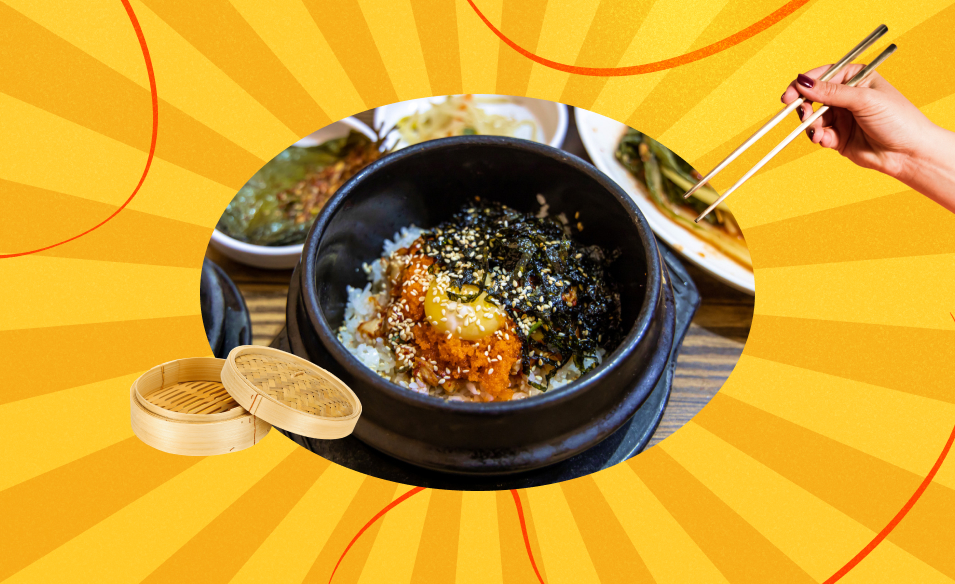Table Of Content
- Why the Right Korean Cooking Tools Matter
- What Are The Essential Korean Cooking Tools You Need?
- 1. Dolsot – Stone Bowl
- 2. Ttukbaegi – Earthenware Pot
- 3. Sot – Traditional Rice Pot
- 4. Gamasot – Large Cauldron
- 5. Korean Grill Pan (Bulpan)
- 6. Kimchi Fermentation Container – (Kimchi-tong)
- 7. Jigeum – Long Chopsticks and Tongs
- 8. Bamboo Steamer (Jjim-tong)
- How Do The Korean Kitchen Tools Transform Your Cooking?
- Build Your Own Korean Kitchen With These Staple Korean Tools Today!
I first started cooking Korean food at home a few years ago. Then, I quickly realized that my usual pots and pans weren’t always enough.
I made dishes like bubbling kimchi jjigae or perfectly seared bulgogi. But I needed more than just good ingredients. I need the right tools.
Over time, I built my Korean kitchen toolkit. Guess what? It made all the difference.
Whether you’re in India, Korea, or anywhere else, you must have these tools.
They will help you cook authentic dishes with ease and confidence.
Korean cooking relies on specific cookware and utensils that preserve flavors, manage heat better, and replicate the traditional techniques passed down through generations.
Why the Right Korean Cooking Tools Matter
Cooking tools in Korea are not just functional, they’re tied to tradition, flavor, and efficiency.
For example, you can use the stoneware bowls to keep soups boiling hot until the last bite.
Also, you can use the wide pans, which allow for even browning of meats like bulgogi.
Using substitutes can work in a pinch. But when you decide to invest in authentic tools, it enhances both the taste and the cooking experience.
Historians often point out that Korean cookware evolved with the country’s diet and climate.
Dolsot (stone bowls) were designed to retain heat during harsh winters. Also, bamboo steamers allowed delicate dumplings (mandu) to cook evenly.
According to Food anthropologist Michael Pettid, such tools reflect centuries of culinary adaptation.
What Are The Essential Korean Cooking Tools You Need?
1. Dolsot – Stone Bowl
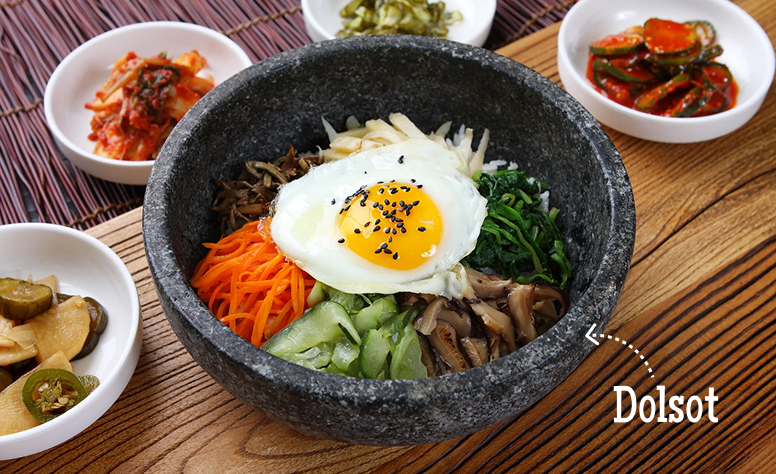
If you’ve ever had sizzling bibimbap served in a hot stone bowl, you’ve already experienced the dolsot (돌솥).
These are made from granite or earthenware. Dolsot retains heat exceptionally well.
It keeps rice dishes hot for a long time. Additionally, it even creates that crispy bottom layer of rice, known as nurungji.
In traditional markets like Namdaemun in Seoul, dolsot is a staple kitchen purchase.
Modern versions even come with heat-safe coatings. This makes them easier to maintain.
For Indian kitchens, a dolsot is invaluable. You can use it not just for bibimbap but also for serving hot curries that stay warm at the table.
2. Ttukbaegi – Earthenware Pot
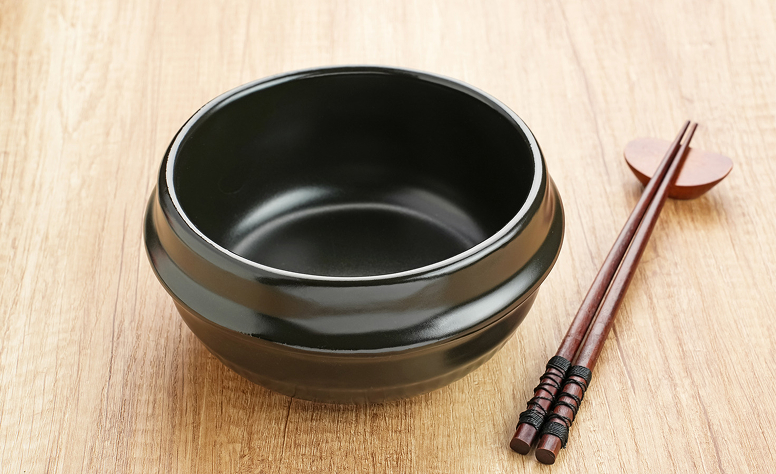
This black clay pot is a must for Koreans to make:
- Stews (jjigae)
- Soups (guk)
Ttukbaegi (뚝배기) retains heat so well that dishes continue bubbling even after being served. This is considered part of the dining experience.
According to the Korean Food Promotion Institute, ttukbaegi has been used for centuries.
This is because clay’s porous structure enhances flavor while keeping food warm.
3. Sot – Traditional Rice Pot
Before electric rice cookers, Koreans used a sot (솥). It is a cast-iron or aluminum cauldron for cooking rice.
It creates a slightly smoky flavor and produces nurungji at the bottom. Of course, many Koreans cherish it as a delicacy.
I think most households now rely on advanced rice cookers. But you’ll still find sot being used in traditional restaurants and rural homes.
If you’re aiming for authentic Korean-style rice, this tool is worth exploring.
4. Gamasot – Large Cauldron
For large family gatherings or festivals, Koreans traditionally used a massive iron cauldron called a gamasot (가마솥).
It’s used to cook rice in bulk. Additionally, you can also use it to make soups or even to boil soybeans for making doenjang (soybean paste).
Though it’s less common in modern apartments, gamasot remains a symbol of communal eating and traditional Korean cooking.
It’s often seen at temples and heritage cooking demonstrations.
5. Korean Grill Pan (Bulpan)
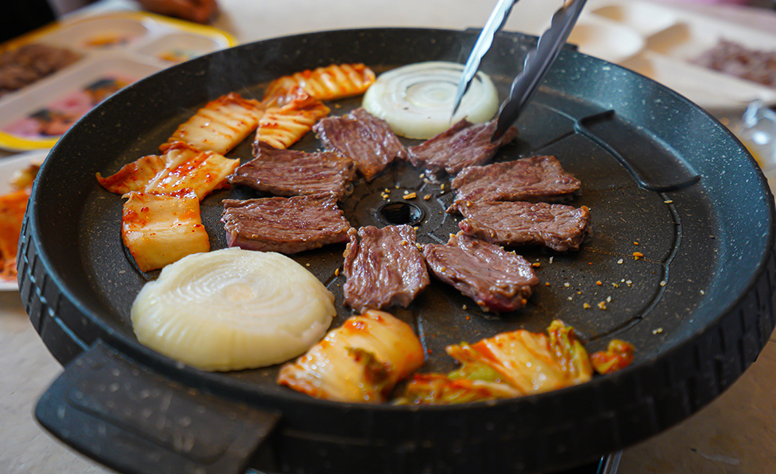
Korean barbecue wouldn’t be complete without a grill pan. These flat or dome-shaped pans are designed to drain excess fat, keeping meat crisp while enhancing flavor.
Unlike regular frying pans, bulpan (불판) distributes heat evenly across its surface, perfect for grilling pork belly (samgyeopsal).
According to the Korea Tourism Organization, dining out for barbecue is one of the most popular food experiences for visitors.
Having a grill pan at home allows you to recreate that same excitement with friends and family.
6. Kimchi Fermentation Container – (Kimchi-tong)
Kimchi is Korea’s soul food, and storing it properly is crucial. Traditionally, kimchi was fermented in earthenware jars called onggi, buried underground to maintain temperature.
Modern households often use kimchi-tong (김치통), airtight plastic or glass containers designed to keep kimchi fresh and fermenting at the right pace.
In fact, kimchi is so central to Korean life that many households even invest in kimchi refrigerators.
For Indian kitchens, a simple glass jar or airtight container works, but investing in a specialized kimchi-tong preserves authenticity and reduces odor.
7. Jigeum – Long Chopsticks and Tongs
Unlike the short chopsticks used in Chinese or Japanese dining, Korean chopsticks are typically longer (지금). Also, people make them with stainless steel.
You can use them to handle hot dishes like barbecued meat. Also, you can use the tongs during grilling.
The use of metal chopsticks dates back to the Baekje kingdom and later gained popularity in the Joseon dynasty as a more hygienic alternative to wooden chopsticks.
Their durability and precision make them indispensable in a Korean kitchen.
8. Bamboo Steamer (Jjim-tong)
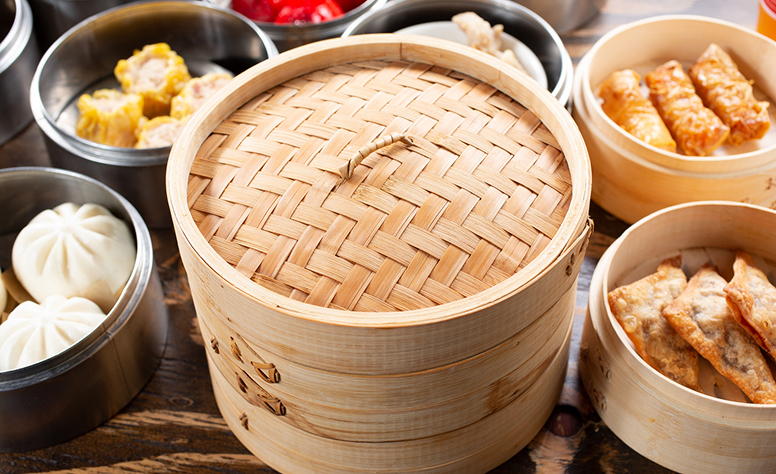
For dumplings (mandu) and buns, people generally use bamboo (찜통) or stainless-steel steamers.
Steaming ensures even cooking while preserving texture and nutrients. You’ll often see these stacked steamers in street food stalls selling fresh mandu.
This tool is versatile for Indian kitchens too, useful for steaming momos, idlis, or even vegetables.
How Do The Korean Kitchen Tools Transform Your Cooking?
What sets these tools apart is not just tradition but practicality. A dolsot creates crispy rice that no nonstick pan can replicate.
A ttukbaegi keeps soups bubbling for longer than stainless steel. Grill pans drain fat without sacrificing flavor.
These aren’t luxuries. People have designed these solutions born out of Korea’s:
- Climate
- Ingredients
- Communal dining style
According to Hyejung Kook, author of Korean Home Cooking, you must invest in even a few authentic tools. It can instantly elevate your Korean cooking.
They ensure flavors develop as intended. Additionally, they give dishes the right texture and often reduce cooking time.
Build Your Own Korean Kitchen With These Staple Korean Tools Today!
So, if you are planning to build a Korean kitchen, it doesn’t mean you need every traditional tool.
I will always suggest you start small. So, you can start with buying the following tools:
- Ttukbaegi for stews
- Dolsot for rice dishes
- Grill pan for barbecue nights
Over time, you’ll appreciate how each tool adds depth and authenticity to your cooking.
From ancient gamasot cauldrons to modern kimchi containers, Korean cooking tools reflect the country’s deep respect for food and tradition.
For anyone serious about recreating authentic Korean flavors at home, these tools are not just helpful. They’re essential.

